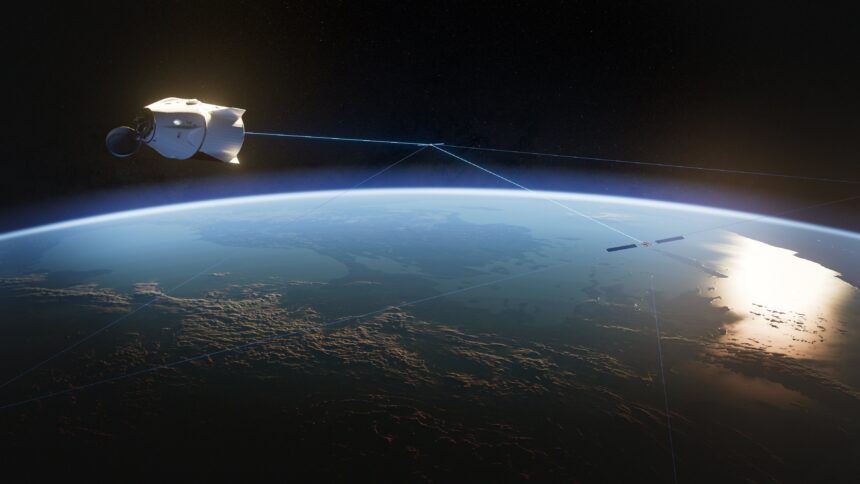SpaceX’s Polaris Dawn crew keeps ranking up more firsts!. The crew’s task: demonstrate the potential of laser-based communication in space. During a five-day mission, the civilian crew successfully conducted a 40-minute uninterrupted video call while orbiting Earth, using SpaceX’s Starlink satellite network. This test showcased the viability of Starlink’s laser system for future space missions and revealed new possibilities for internet access in orbit.
What’s Happening & Why This Matters
The Polaris Dawn mission, carried out by a civilian crew aboard SpaceX’s Dragon spacecraft, managed to maintain two live video streams using a laser mesh network via Starlink satellites. The first stream connected the crew with SpaceX’s ground teams for over 40 minutes without any interruption. This milestone illustrated the reliability of Starlink’s laser communication capabilities, even when faced with 16 thruster firings by the Dragon craft. In a separate live stream, crew member Anna Menon connected with her family using FaceTime, further validating the system’s robustness.
The mission also included additional tests, such as crew member Sarah Gillis performing a “Star Wars” melody on her violin, with the video successfully transmitted through the Starlink network. This communication test underscored the capability of Starlink’s satellite mesh network, which traditionally uses radio waves to provide internet but has now demonstrated laser-based connectivity in space.
Jared Isaacman, the lead commander of Polaris Dawn, shared on social media that the team primarily relied on the new laser-based Starlink communications as an alternative pathway to connect with Mission Control. This experiment aimed to explore new communication methods that could be vital for future long-duration missions, including those to the Moon and Mars.
TF Summary: What’s Next
The successful test of Polaris Dawn’s laser communication opens up possibilities for using Starlink’s network for internet access on space missions. As space travel evolves, SpaceX’s laser system could play a critical role in ensuring seamless communication between spacecraft and ground control, potentially supporting future lunar and Martian expeditions. This successful demonstration hints at more testing in upcoming missions to further refine and expand its capabilities.
— Text-to-Speech (TTS) provided by gspeech


